In Artinis NIRS blog, you will find the latest trends in (f)NIRS, NIRS studies and applications, tutor from the leaders of near infrared spectroscopy, not to mention detailed insights and tips and tricks for your research!
Search blog post topic
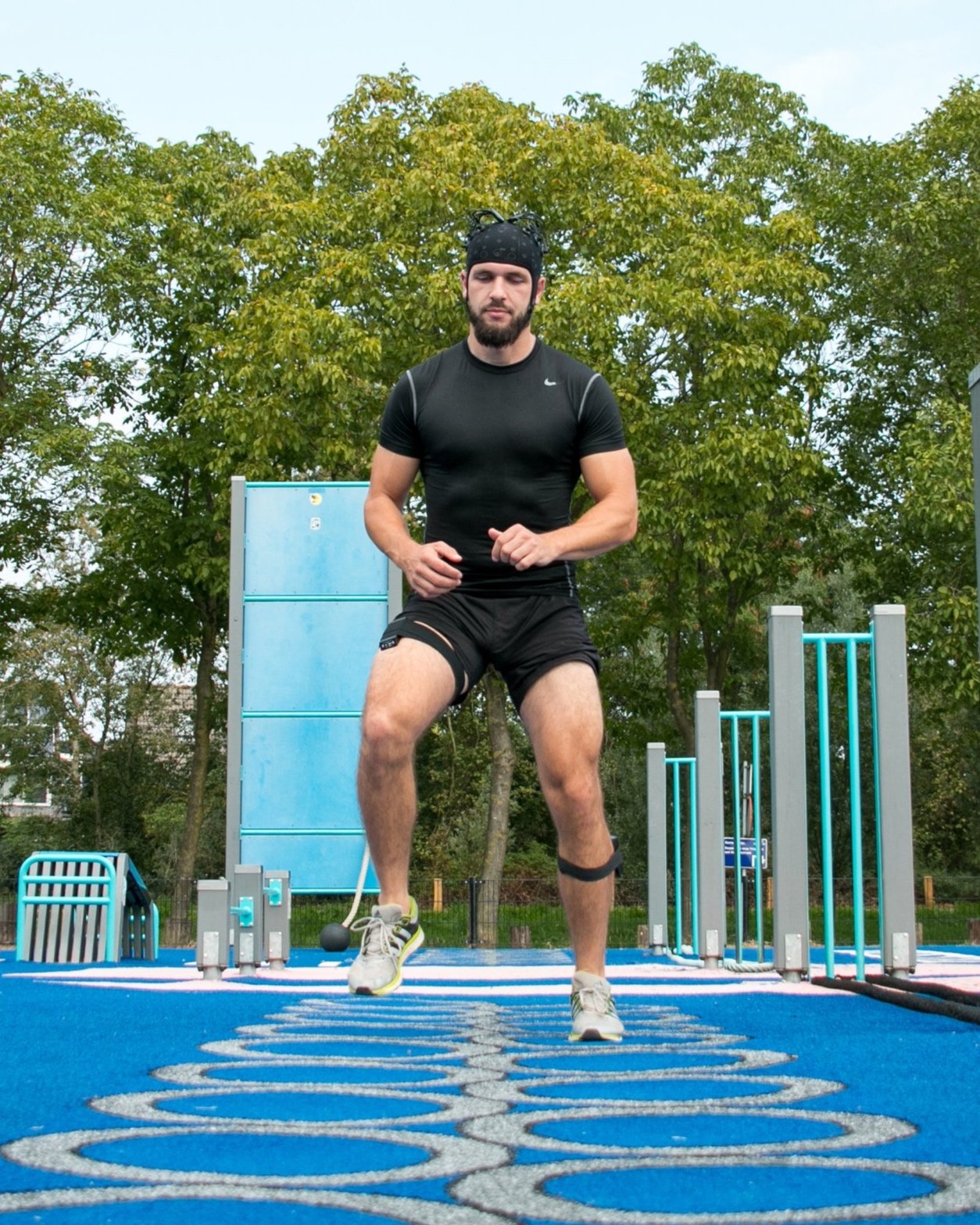
Beyond the Brain: Unveiling the Mind-Muscle Connection with Simultaneous NIRS
NIRS can be applied on any tissue enabling to measure brain and muscle oxygenation simultaneously. Read this blogpost to learn more about application areas employing NIRS on muscle and brain at the same time, recently published literature and solutions Artinis offers to make this possible.
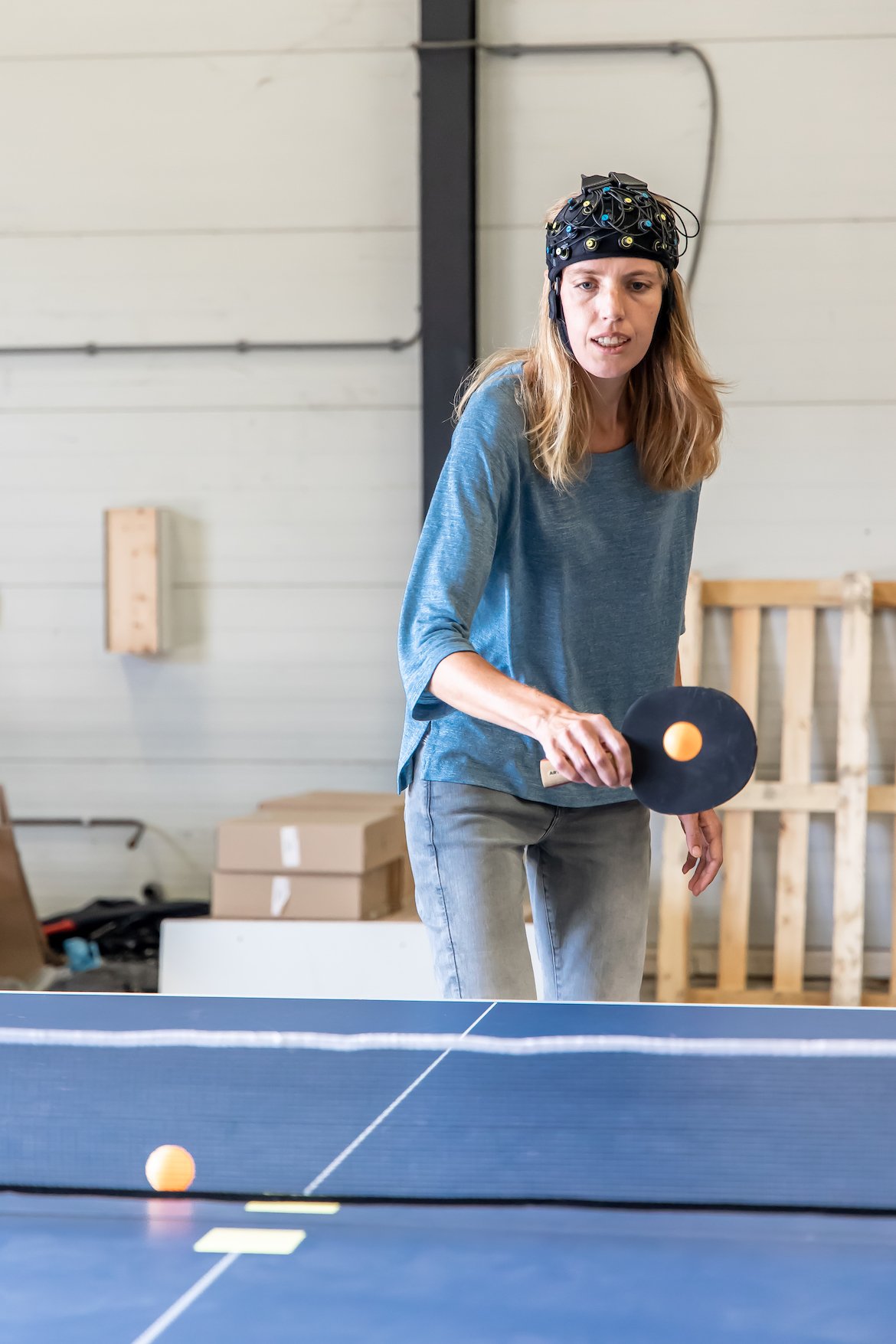
Moving in Sync: How Brains Connect During Collaborative Ping Pong - A fNIRS Study
fNIRS is a suitable tool to be used in out-of-the-lab experiments that involve movement, as it is portable and relatively insensitive to motion artifacts. In this mini-study we internally tested the usage of fNIRS during a collaborative hyperscanning experiment that involves movement with our Brite Frontal.
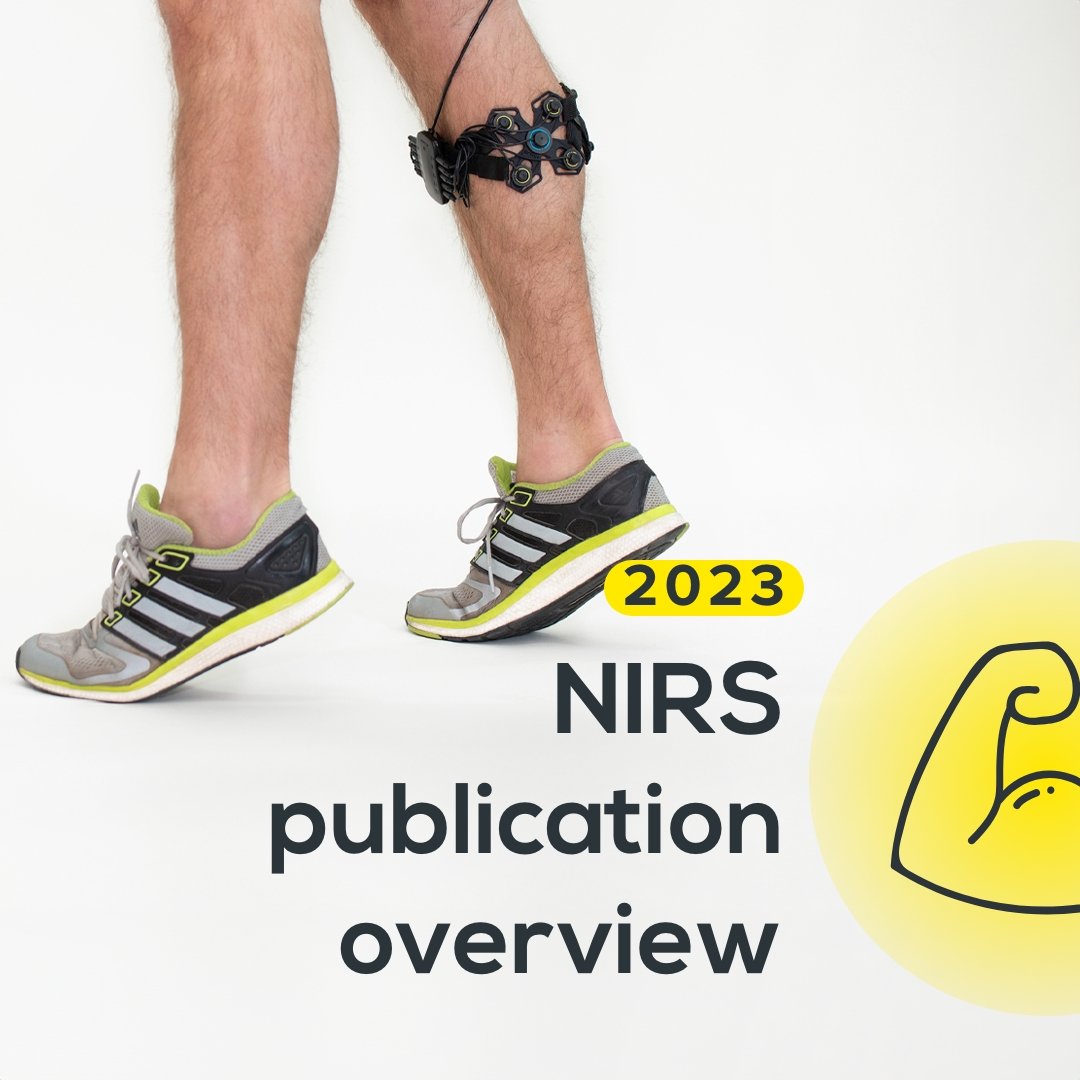
Publication overview 2023: Using our Artinis NIRS devices to measure in the muscle
We are proud that in 2023, an increasing number of publications using our NIRS devices to measure muscle oxygenation was found. In this blogpost, we list application areas with papers released last year utilizing our devices. We also highlight and summarize interesting publications per application category.
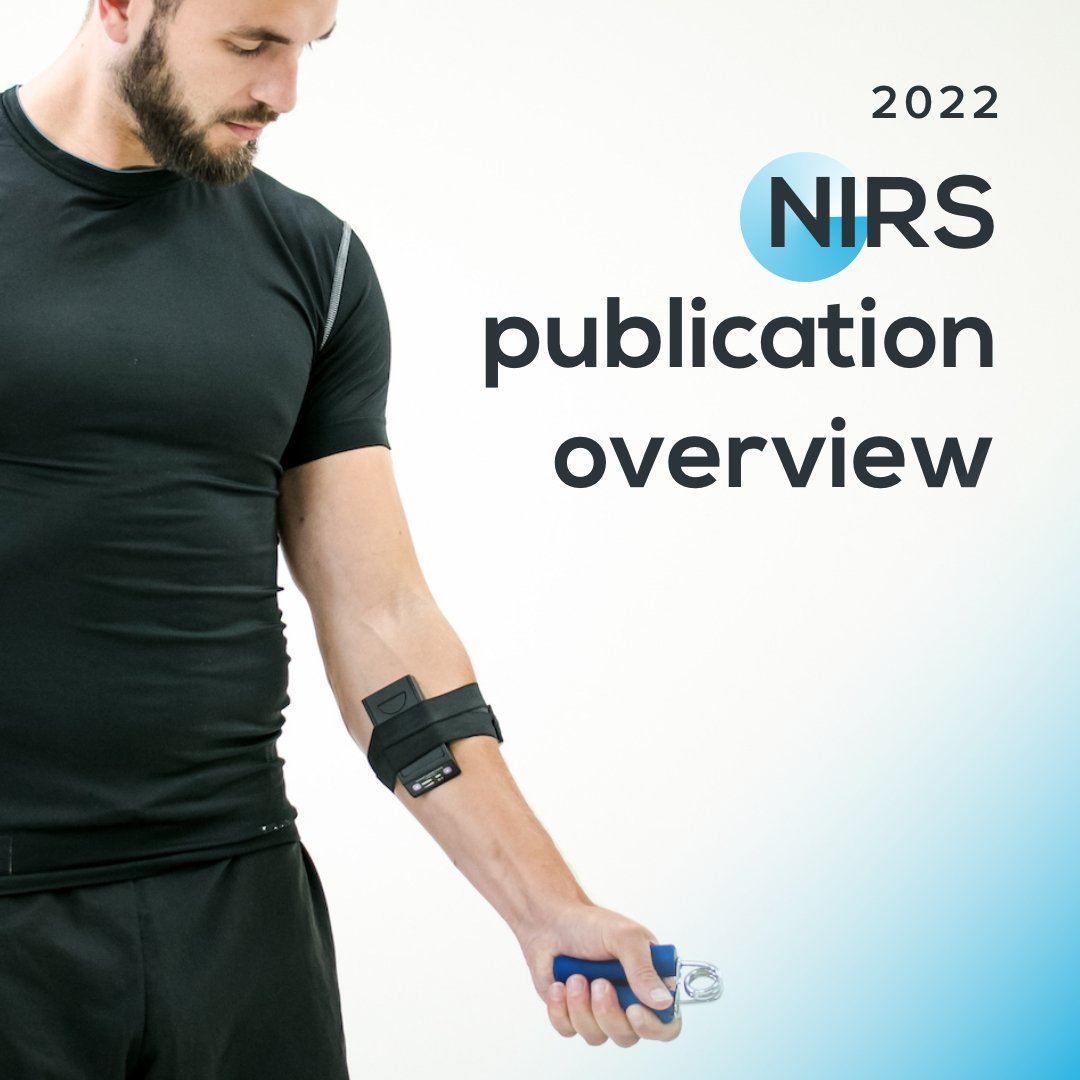
Publication Overview with our NIRS devices in 2022 – Muscle
We are proud that several papers using our NIRS devices to measure muscle oxygenation from different body parts and in various application fields were published in 2022. Read this blog post to get an overview of application areas NIRS can be used in, and which devices can be applied. Also, find highlighted publications per category that were performed with our devices in 2022.
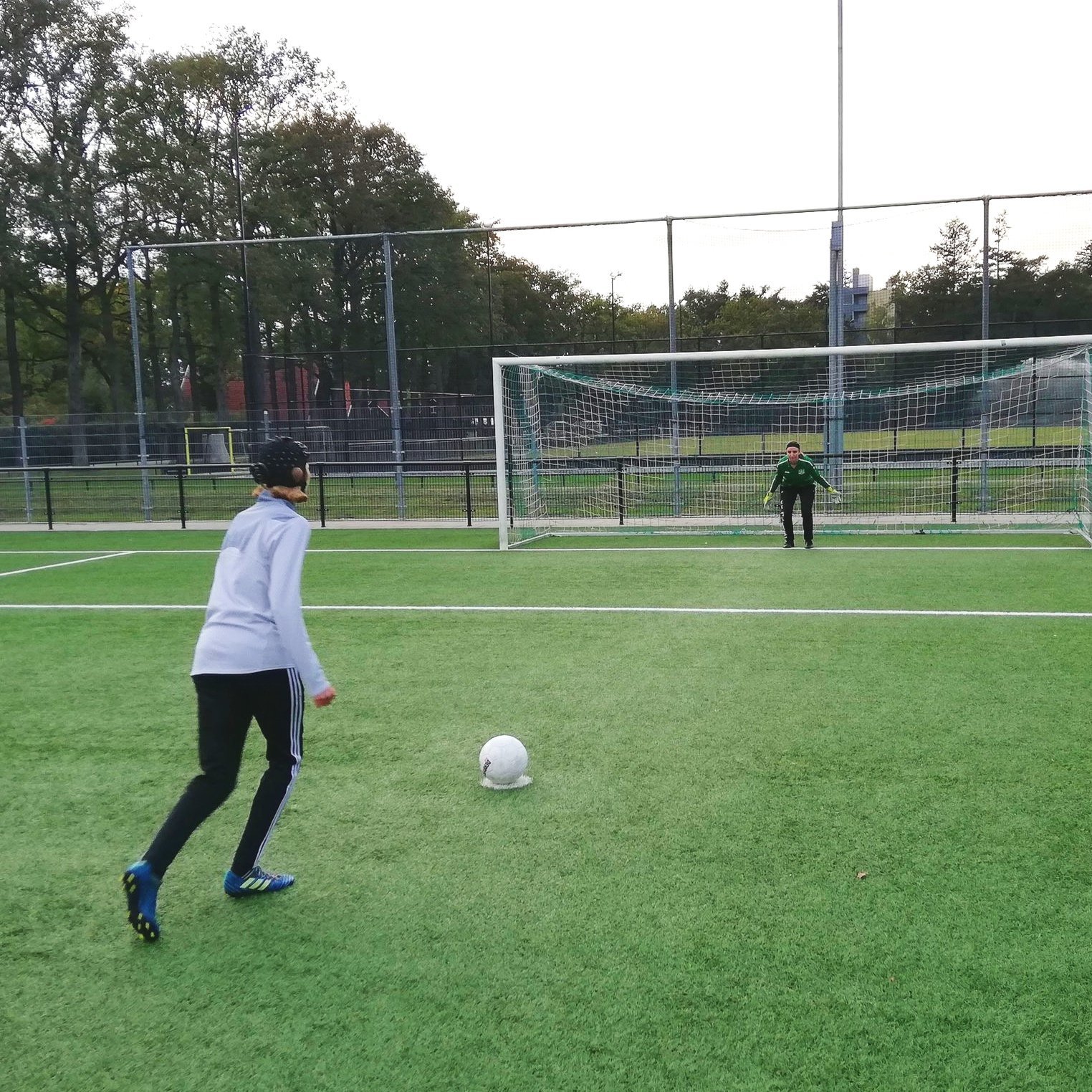
Using fNIRS to measure brain activity on the field during penalty kicks – a video interview with Max Slutter
fNIRS is increasingly used in on-the-field studies. One of the first to perform such a study by measuring brain activity with fNIRS in football players during penalty kicks were Max Slutter and colleagues. Watch our new video interview with Max Slutter to learn more about performing research with fNIRS on the field, and the advantages, but also challenges this might bring with it.
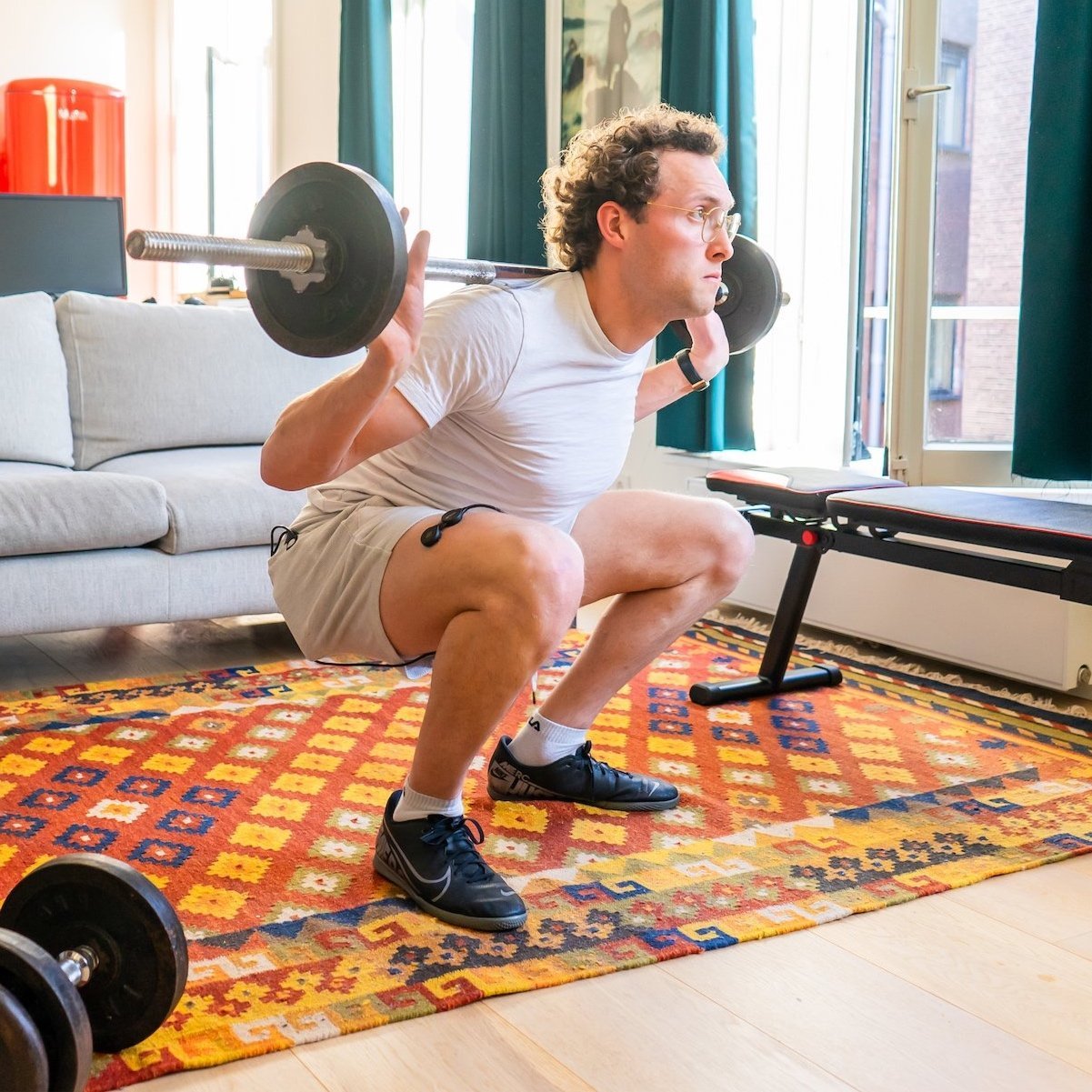
Tissue Saturation Index (TSI) - Absolute oxygenation measure in local tissues
Tissue Saturation Index (TSI) is an absolute measure for the local tissue oxygenation in tissue beneath the sensor. To obtain TSI, a technique called Spatial Resolved Spectroscopy (SRS) is used. TSI can be measured in both brain and muscle. Some of our devices provide the possibility to acquire absolute TSI, next to relative concentration changes in oxy- and deoxygenated hemoglobin. Learn more about the TSI and how to correctly use it in this blogpost.
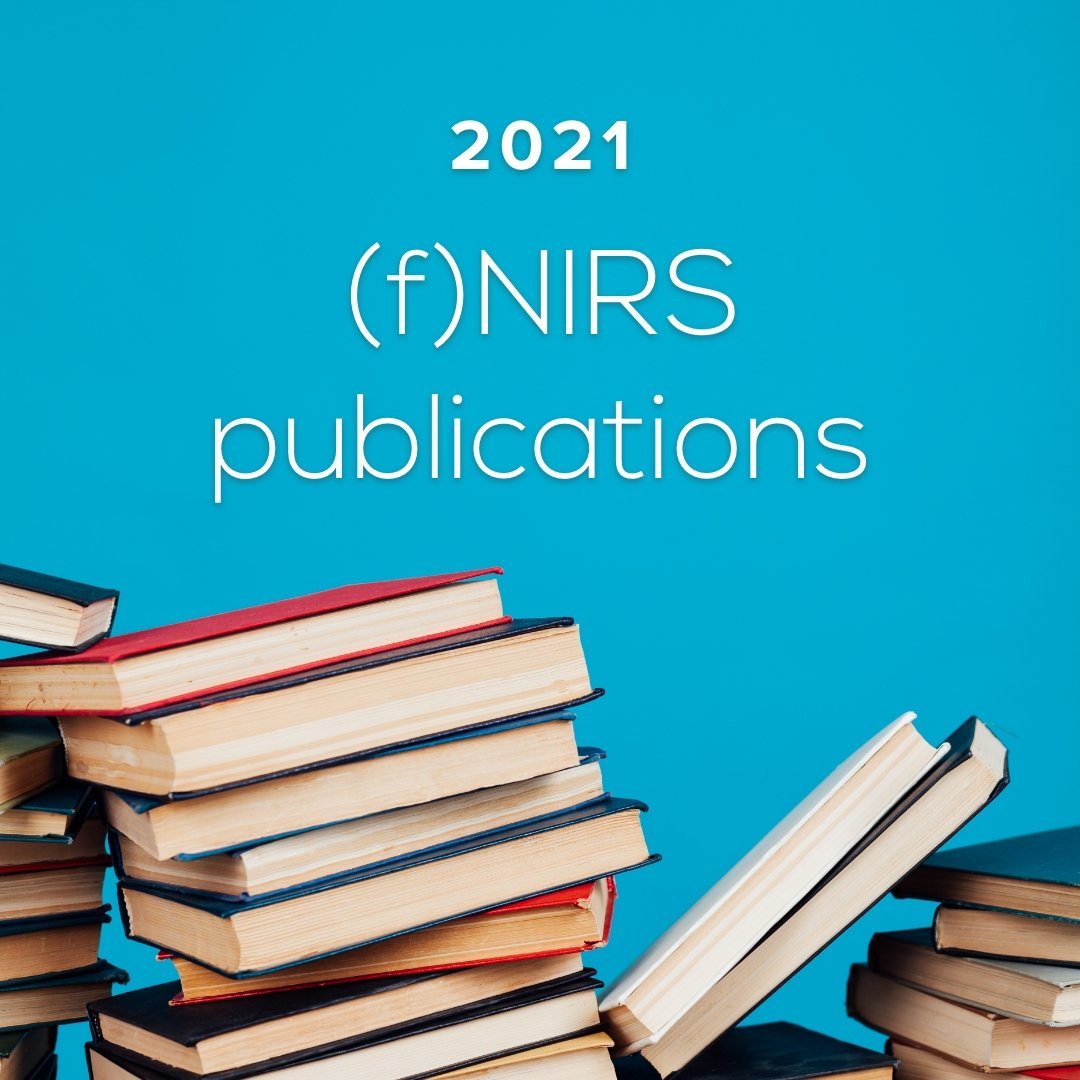
2021 Publication overview with Artinis Near-Infrared Spectroscopy (NIRS) devices
More than 110 papers using our (f)NIRS devices in neuro- and sports science areas were submitted last year. This blog post gives an overview of all papers published in 2021 using Artinis (f)NIRS devices for different application fields/categories, including cortical brain research, sport science, clinical and rehabilitation, hypoxia research, hyperscanning and multimodality.
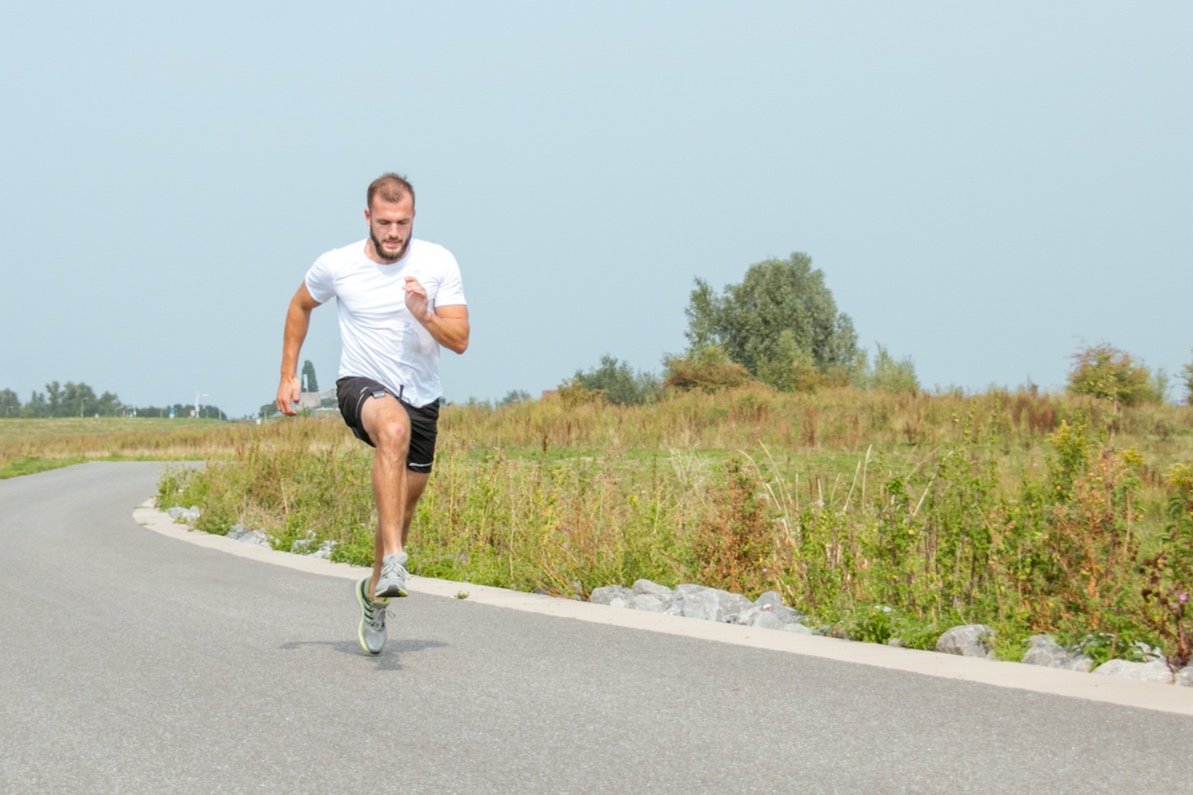
Exercise Physiology integrating NIRS, ECG, and EMG as a learning tool
Innovations travel back and forth between different departments within Artinis. Application Specialists give insight in customer requests, Research and Development find new measurement methods, Design and Engineering constantly look for further improvement of the equipment and Sales and Support find new ways to support every single customer. Especially for new employees, hands-on experience throughout the company is crucial in their development and no better way to do this than to set up a study.
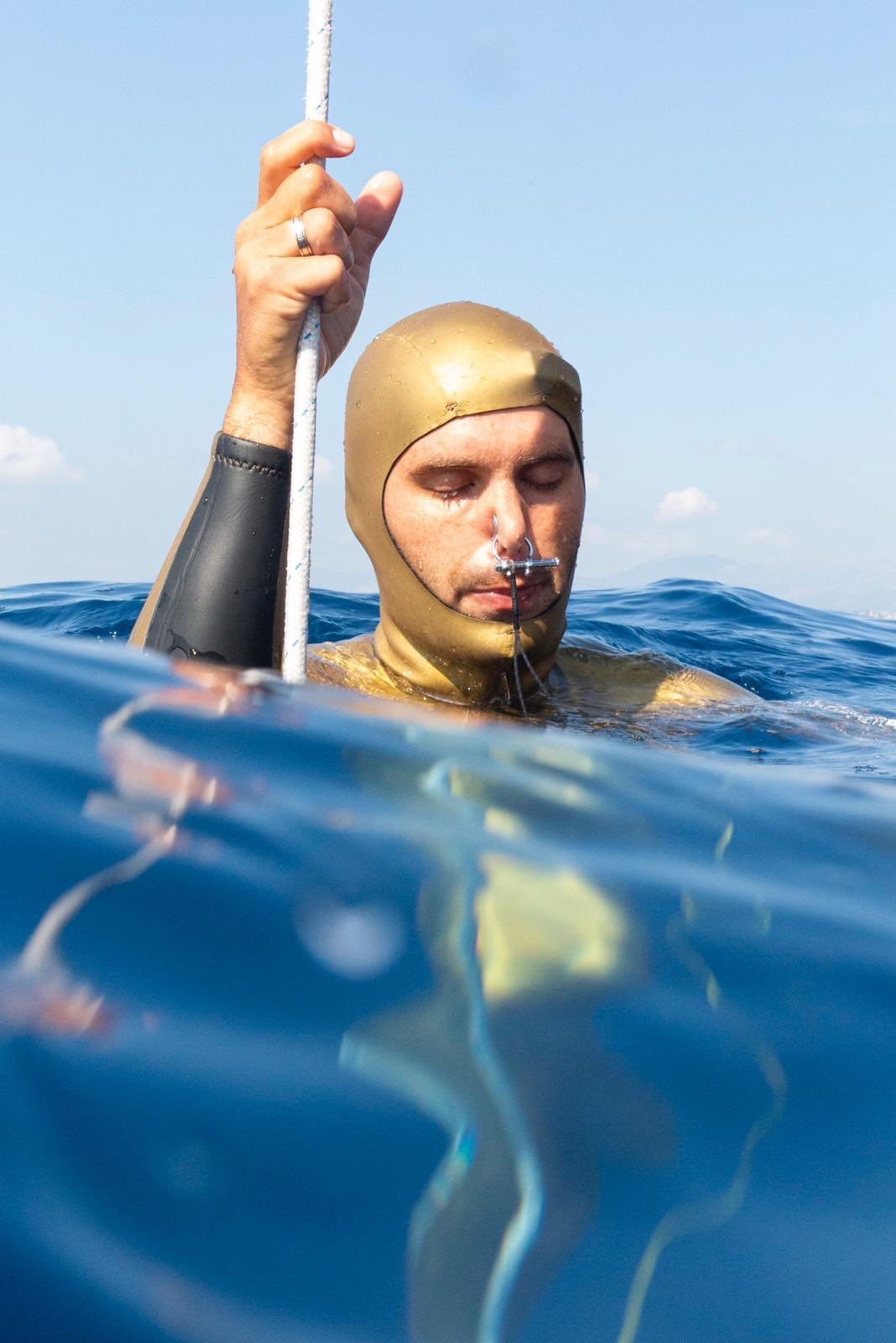
Submersible NIRS: a very wet lab...
In 2016 dr. Chris McKnight approached Artinis with the idea to measure NIRS under water on wild animals. Initially there was some skepticism, since our devices are not intended to be taken underwater, let alone on a wild animal. However, we really liked the challenge and together with the Sea Mammal Research Unit (SMRU) of the University of St. Andrews we created a submersible NIRS-sensor specifically for the seals.
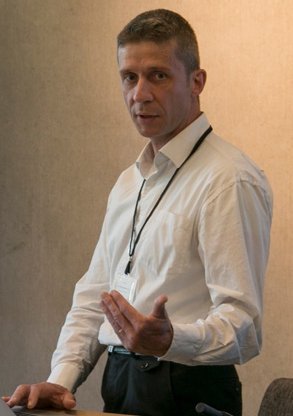
NIRS and connectivity measures: an Interview with Prof. Stephane Perrey
fNIRS, as a neuroimaging method, was introduced more than two decades ago. Innovation in equipment, tools, and methods based on related-neuroimaging methods is increasing thanks to several companies and academic laboratories. The use of fNIRS in future research practices will aid in advancing modern investigations of human brain function. Connectivity measures will contribute to the field of neuroscience and a multimodal imaging approach is likely required.

Can restricting blood flow improve sports and exercise performance?
The artificial induction of ischemia (from Greek, meaning stopping/keeping back blood) was first shown to help protect cardiac muscle from injury in later occurring episodes of ischemia by Charles Murry and colleagues in 1986[1]. This technique came to be called ischemic preconditioning (IPC).
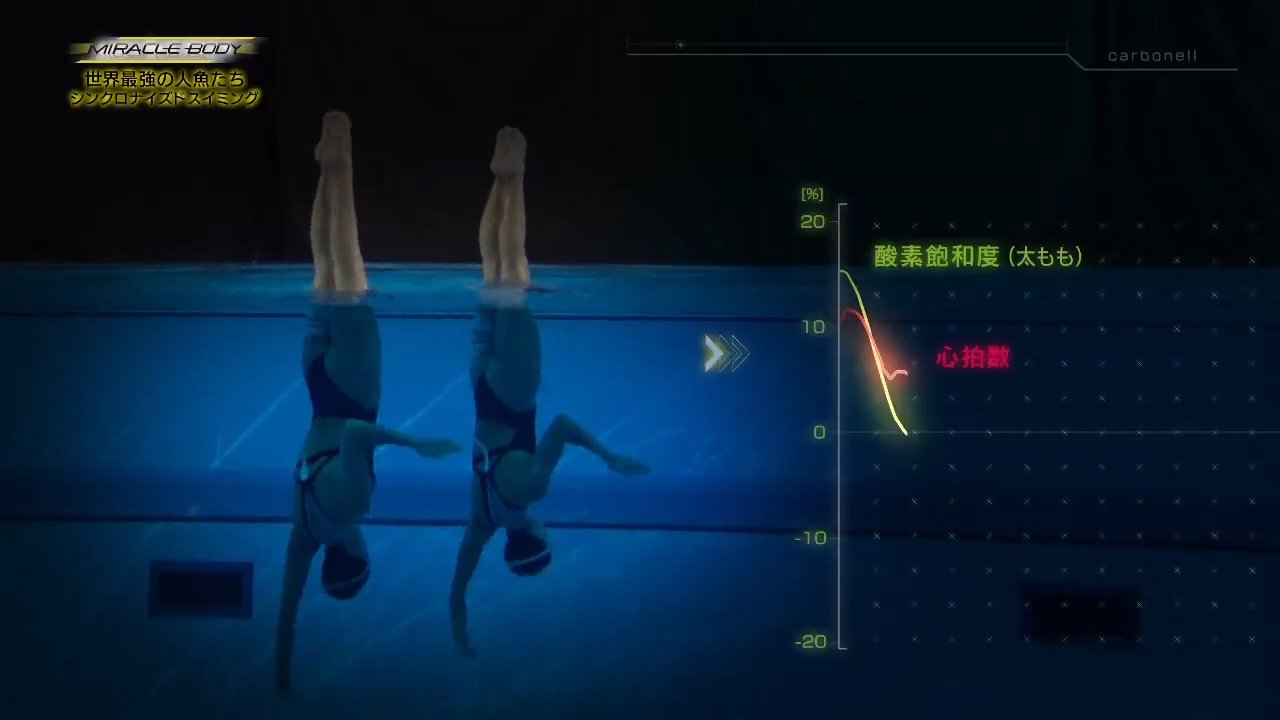
Underwater NIRS
Underwater NIRS - Muscle Oxygenation changes measured with the Russian and Spanish Olympic synchronised swimming team.
